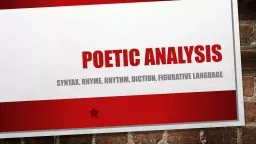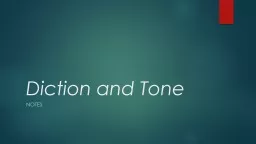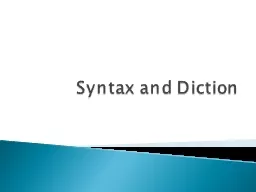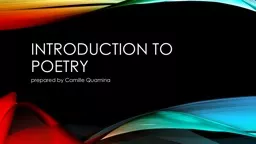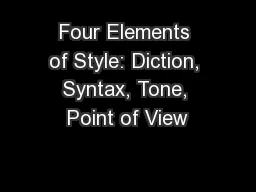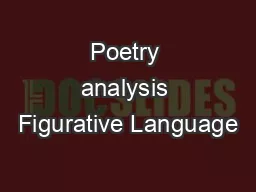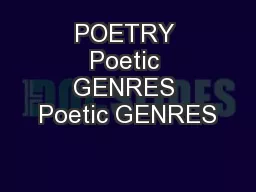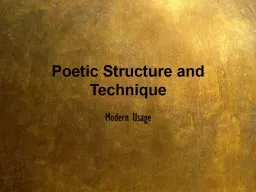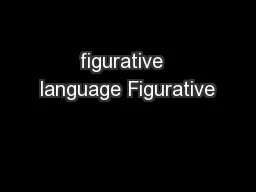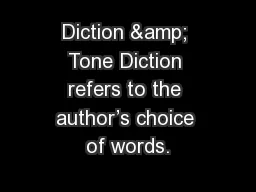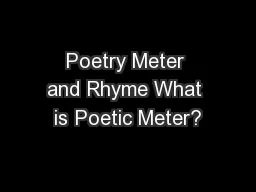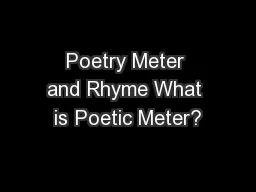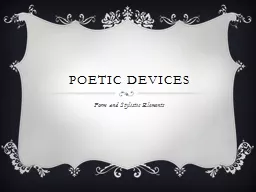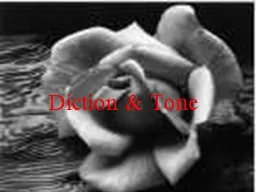PPT-Poetic ANalysis Syntax, Rhyme, Rhythm, Diction, figurative language
Author : tatyana-admore | Published Date : 2020-04-06
Syntax Syntax is the ordering of words into patterns and phrases These terms are helpful when discussing poetic syntax Caesura Enjambment Endstopped Caesura a pause
Presentation Embed Code
Download Presentation
Download Presentation The PPT/PDF document " Poetic ANalysis Syntax, Rhyme, Rhythm,..." is the property of its rightful owner. Permission is granted to download and print the materials on this website for personal, non-commercial use only, and to display it on your personal computer provided you do not modify the materials and that you retain all copyright notices contained in the materials. By downloading content from our website, you accept the terms of this agreement.
Poetic ANalysis Syntax, Rhyme, Rhythm, Diction, figurative language: Transcript
Download Rules Of Document
" Poetic ANalysis Syntax, Rhyme, Rhythm, Diction, figurative language"The content belongs to its owner. You may download and print it for personal use, without modification, and keep all copyright notices. By downloading, you agree to these terms.
Related Documents

